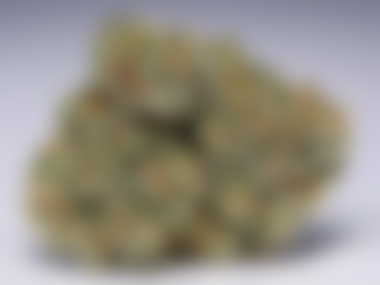Ragi, also known as Finger Millet, is a nutritious grain that has been a staple in many Indian households for centuries. It is a powerhouse of nutrients and offers a wide range of health benefits. In this article, we will explore the various advantages of including ragi in your diet and how it can positively impact your overall well-being.
What is Ragi?
Ragi is a gluten-free grain that belongs to the millet family. It is widely grown in India, Africa, and other Asian countries. Ragi is a rich source of calcium, iron, fiber, and other essential nutrients, making it a popular choice for people looking to improve their diet.
Nutritional Value of Ragi
Ragi is packed with nutrients that are beneficial for your health. It is a rich source of calcium, which is essential for strong bones and teeth. Ragi also contains iron, which helps in the formation of red blood cells and prevents anemia. Additionally, it is high in fiber, which aids in digestion and helps maintain a healthy digestive system.
Health Benefits of Ragi
-
Rich in Antioxidants: Ragi is loaded with antioxidants that help in fighting off free radicals and preventing cell damage. This can reduce the risk of chronic diseases like cancer and heart disease.
-
Improves Digestion: The high fiber content in ragi promotes healthy digestion and can prevent issues like constipation and bloating.
-
Good for Weight Management: Ragi is a low-fat grain that can help in weight management. It keeps you full for longer periods, reducing the urge to snack on unhealthy foods.
-
Manages Diabetes: Ragi has a low glycemic index, which means it releases sugar into the bloodstream slowly. This helps in managing blood sugar levels and is beneficial for people with diabetes.
-
Strengthens Bones: The calcium content in ragi is higher than other cereals, making it an excellent choice for maintaining bone health and preventing conditions like osteoporosis.
How to Include Ragi in Your Diet
There are various ways you can incorporate ragi into your daily meals:
-
Ragi Porridge: Cook ragi flour with water or milk to make a nutritious and filling breakfast option.
-
Ragi Roti: Replace a portion of wheat flour with ragi flour to make rotis or flatbreads.
-
Ragi Idli/Dosa: Mix ragi flour with rice and urad dal to make delicious and healthy idlis or dosas.
-
Ragi Ladoo: Make ragi ladoos by mixing ragi flour with jaggery and ghee for a tasty and nutritious snack.
-
Ragi Kheer: Prepare a delicious ragi kheer by cooking ragi flour with milk, sugar, and dry fruits.
Frequently Asked Questions (FAQs)
- Is ragi good for weight loss?
-
Yes, ragi is a great grain for weight loss as it is low in fat and high in fiber, keeping you full for longer.
-
Can ragi be given to babies?
-
Ragi is a nutritious option for babies as it is easily digestible and packed with essential nutrients like calcium and iron.
-
Is ragi suitable for gluten-free diets?
-
Yes, ragi is gluten-free and can be consumed by individuals following a gluten-free diet.
-
How does ragi benefit people with diabetes?
-
Ragi has a low glycemic index, which helps in managing blood sugar levels and is beneficial for people with diabetes.
-
Can ragi be consumed by pregnant women?
- Yes, ragi is a healthy choice for pregnant women as it is rich in iron, calcium, and other essential nutrients.
In conclusion, ragi is a highly nutritious grain that offers numerous health benefits. Whether you are looking to improve your bone health, manage your weight, or boost your overall well-being, incorporating ragi into your diet can be a wise choice. So, go ahead and explore the various ways you can include ragi in your meals to reap its many advantages.




